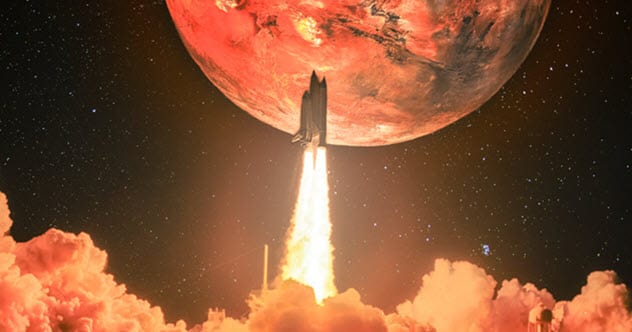Now Reading: 10 Fascinating Discoveries About Our Solar System
-
01
10 Fascinating Discoveries About Our Solar System
10 Fascinating Discoveries About Our Solar System

Rapid Summary
- Asteroid Bennu: NASA’s OSIRIS-REx mission returned samples showing Bennu originated from an ancient, watery parent world, containing vital life-building blocks like amino acids and nucleotides.
- Uranus Heat Mystery: New research reveals that Uranus emits 12.5% more heat than it absorbs due to its internal processes, contrasting with other gas giants.
- Neptune’s Auroras & Cooling: James Webb Space Telescope captured detailed auroras on Neptune at mid-latitudes due to the planet’s unique magnetic field. A dramatic decrease in upper atmospheric temperatures was also observed.
- Trans-Neptunian Object Sync with Neptune: Scientists discovered 2020 VN40, a rare small body synchronized with Neptune’s orbit.
- Dwarf Planet Ceres: Researchers suspect Ceres once had a subsurface ocean; its composition hints toward an ancient water-rich interior now frozen over.
- Jupiter’s Moons: Jupiter has over 90 small moons alongside its large Galilean moons. These minor bodies likely originate from collisions or asteroid captures.
- Venus explorations Ahead: Despite opposed conditions,upcoming NASA missions (DAVINCI and VERITAS) aim to uncover mysteries about Venus’s evolution and habitability potential.
- Mars Rust Origin debate: research indicates Mars rusted quickly in the presence of water when it was a wet planet before becoming barren and red today.
- Mercury’s Shrinking Theory: mercury may have been Earth-sized long ago but lost much of its mass after a collision with another planetary body.
Indian Opinion Analysis
The discoveries outlined highlight humanity’s growing understanding of our solar system’s formation and potential prerequisites for life. For India, these findings hold significant implications as the contry propels forward in space exploration through ISRO missions like Chandrayaan and Aditya-L1.
Notably, revelations such as Earth-like building blocks on Bennu or Mars’s aquatic past align well with India’s scientific ambitions around planetary habitability studies. Upcoming Venus explorations resonate particularly given ISRO’s proposed Shukrayaan mission aimed at studying Venusian atmosphere-a complementary step worldwide.
As India evolves into a global space research hub amid greater international cooperation opportunities (e.g., OSIRIS-REx-like precedent), such data enriches our pool of knowledge while offering potential avenues for cross-agency collaboration advancing shared goals across both science and diplomacy verticals.





















